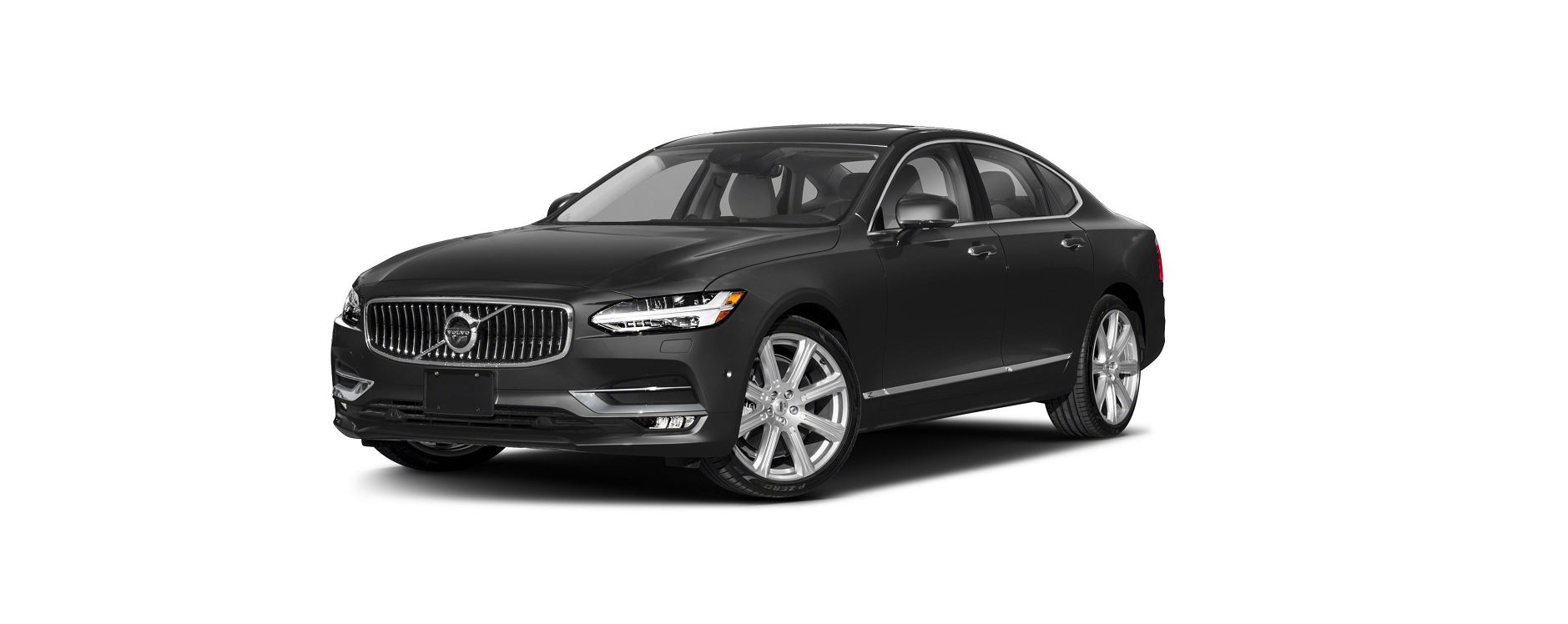This may extend braking distance. You should therefore maintain a greater safety distance to vehicles in front. In addition, make sure you do the following:
- Brake now and again to remove any layer of salt. Make sure that other road users are not put at risk by the braking.
- Gently depress the brake pedal after finishing driving and before starting your next trip.
Braking on wet roads
- When driving for a prolonged period of time in heavy rain without braking, the braking effect may be delayed slightly when next using the brakes.
- This may also be the case after a car wash. It is then necessary to depress the brake pedal more forcefully. You should therefore maintain a greater distance to the vehicles in front.
- Brake the car firmly after driving on wet roads or using a car wash. This warms up the brake discs, enabling them to dry faster and protecting them against corrosion. Bear in mind the current traffic situation when braking.
Foot brake
- The foot brake is part of the brake system.
- The car is equipped with two brake circuits. If a brake circuit is damaged, the brake pedal may engage deeper. Higher pressure on the pedal will therefore be needed to produce the normal braking effect.
- If the foot brake is used when the car is switched off, the brake pedal needs to be depressed passed the normal braking position using a higher pressure to brake the car.
- In very hilly terrain or when driving with a heavy load the brakes can be relieved by using engine braking in gearshift mode B.
- The car has anti-lock brakes (ABS), which prevents the wheels from locking while braking and allows maintained steering control. Vibration may be felt in the brake pedal when this is engaged and this is normal.
- A short test of the ABS system is made automatically after the car has been started when the driver releases the brake pedal. A further automatic test of the system may be made at low speed. The test may be felt as pulses in the brake pedal.
| Symbol | Specification |
|---|---|
| | Check the brake fluid level. If the level is low, fill with brake fluid and check for the cause of the brake fluid loss. |
| | Fault in pedal sensor. |
| | Constant glow for 2 seconds when the car is started: Automatic function check. Constant glow for more than 2 seconds: ABS fault. The car’s regular brake system continues to work, but without ABS function. |
| | In the event of the message:Brake pedal characteristics changed Service required The brake pedal needs to be depressed past the normal braking position using a higher pressure to brake the car. |
If both the warning lamps for brake fault and ABS fault illuminate at the same time, a fault has occurred in the brake system.
- If the level in the brake fluid reservoir is normal at this stage, drive carefully to the nearest workshop and have the brake system checked – an authorised Volvo workshop is recommended.
- If the brake fluid is below the MIN level in the brake fluid reservoir, do not drive further before topping up the brake fluid. The reason for the loss of brake fluid must be investigated.
Brake system maintenance
To keep the car as safe and reliable as possible, follow the Volvo service intervals as specified in the Service and Warranty Booklet. After replacing brake linings and brake discs, braking effect is only adapted after they have been “worn in” for a few hundred kilometres (miles). Compensate for the reduced braking effect by depressing the brake pedal harder. Volvo recommends only fitting brake linings that are approved for your Volvo.
- The wear on the brake system’s components must be checked regularly.
- Contact a workshop for information about the procedure or engage a workshop to carry out the inspection – an authorised Volvo workshop is recommended.




